Warning: This article mentions sensitive topics, including sexual assault and violence.
Some movies scare you, others scar you. These ten movies do both, and then some. They’re not just unsettling but outright confrontational, transgressive, horrifying, and in some cases, ethically indefensible. These are the films that test your limits and challenge your conventions, forcing you to ask not just “Can I handle this?” but “Should I even be watching this at all?”
Whether rooted in historical atrocity, extreme horror, or philosophical despair, each entry on this list contains at least one moment so disturbing, so viscerally intense, that you’ll instinctively flinch, cover your eyes, or look away. That’s not weakness; that’s survival. Proceed with caution with these movies, for while they might be significantly in the cinematic scope, they’re also problematic, a dichotomy that won’t be easy to navigate for the average movie fan.
10
‘Salò, or the 120 Days of Sodom’ (1975)
Directed by Pier Paolo Pasolini
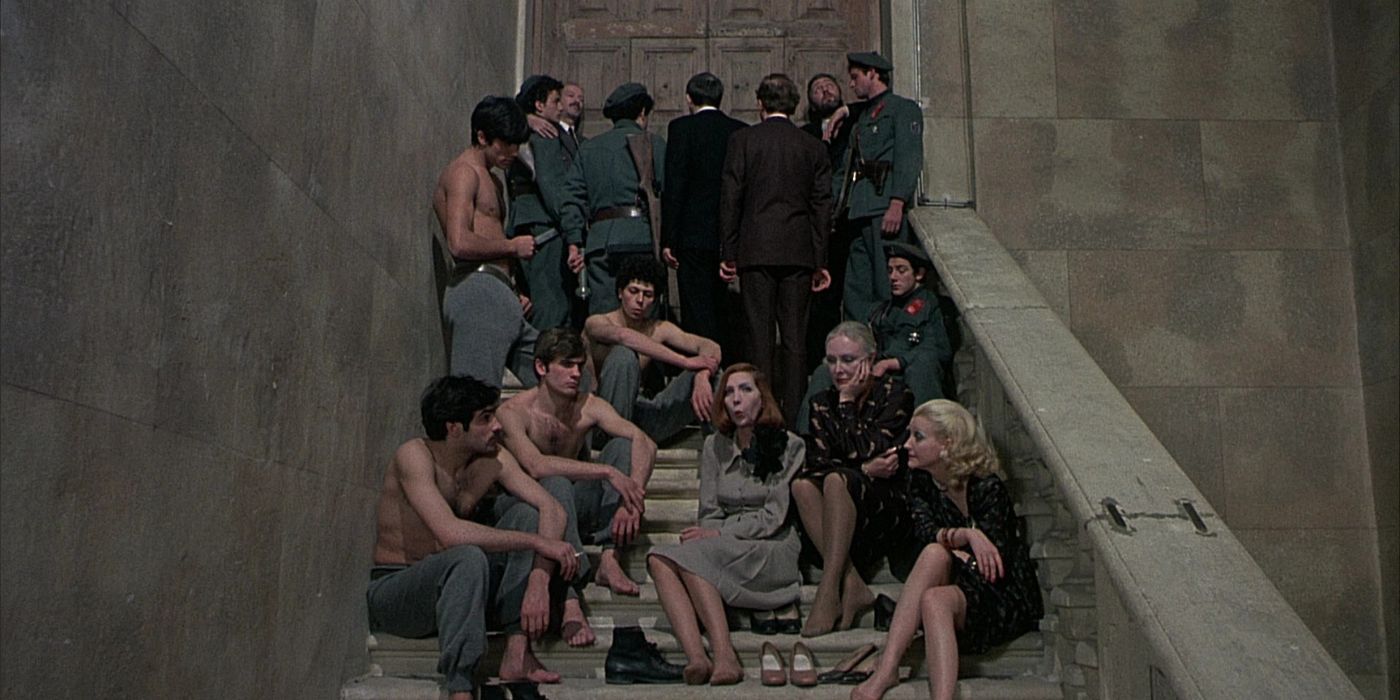
“True anarchy is the anarchy of power.” Salò is often named the most disturbing film ever made, and for good reason. Set in Nazi-occupied Italy, the film follows four elites who kidnap eighteen teenagers and subject them to escalating rituals of degradation, torture, and humiliation. Pier Paolo Pasolini adapted the writings of the Marquis de Sade into a nightmarish allegory about fascism, sadism, and absolute power.
The film is a genuine endurance test, weaponizing its bleakness and probing every boundary til it crumbles. It’s less a story than a structured descent into human cruelty. Each frame is carefully composed, but the horror it contains feels feral. Pasolini might be indicting the violence rather than reveling in it, but the effect is the same: nausea, horror, and moral revulsion. In the end, Salò isn’t just hard to watch; it’s a film that watches you back, unmoved. Once seen, it cannot be unseen.
9
‘Irreversible’ (2002)
Directed by Gaspar Noé
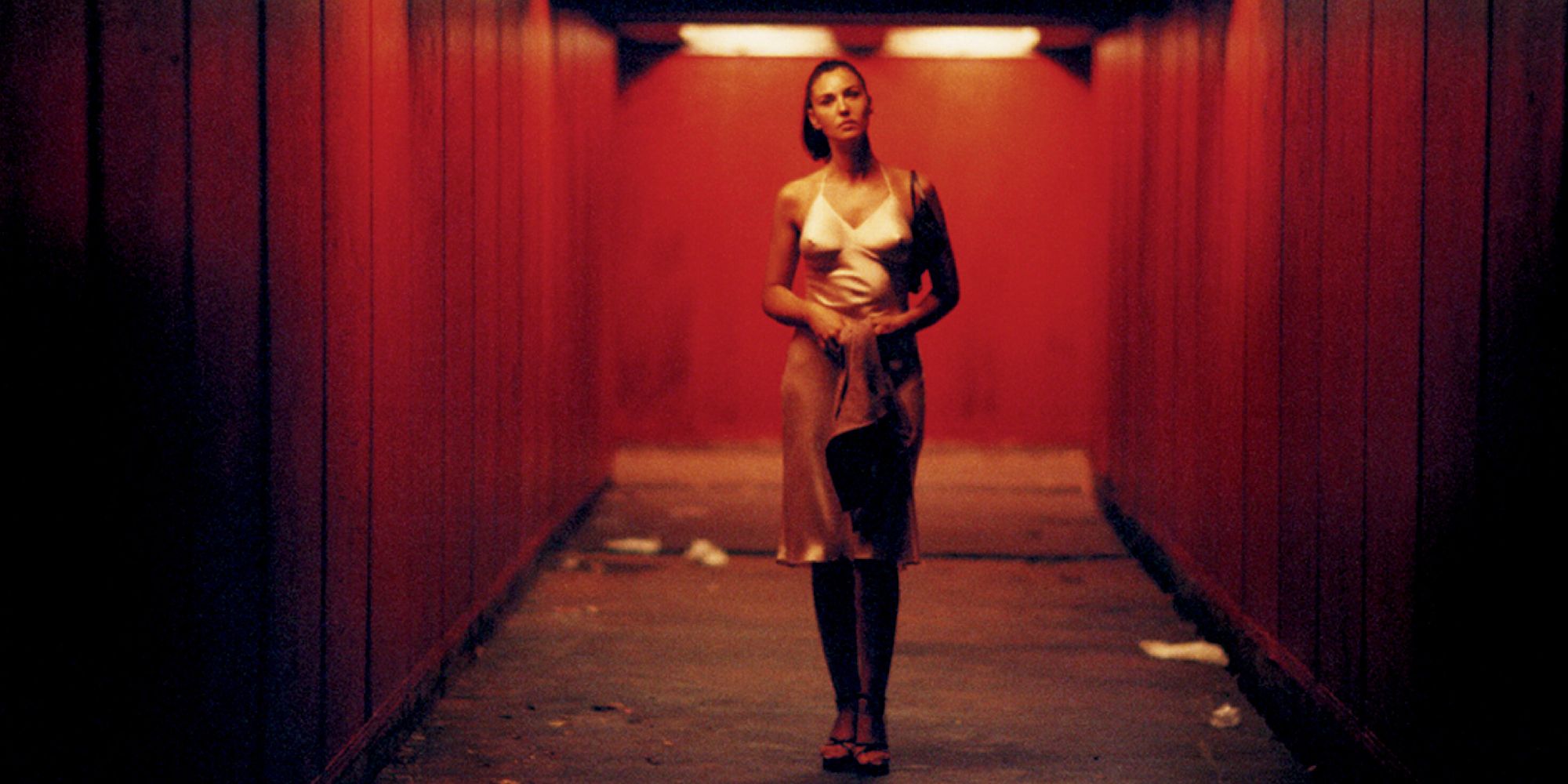
“Time destroys everything.” Gaspar Noé‘s movies tend to be heavy going, and this one is the most challenging of them all. Told in reverse chronology, Irreversible is a brutal meditation on vengeance, trauma, and the permanence of violence. Noé structures it so that the climax comes first, chaotic, disorienting, full of rage, and only then do we discover what provoked it. The film’s centerpiece is a ten-minute static-shot rape scene, agonizing in its realism, devoid of score, and almost impossible to watch. It’s one of the most sickening sequences in film history, not because of gore, but because of its helplessness.
Monica Bellucci, Vincent Cassel, and Albert Dupontel deliver devastating performances in a movie designed to be experienced, not enjoyed. Noé’s camera spins and plunges, the soundtrack throbs at sub-audible frequencies, and morality crumbles under grief. Some call it exploitative, others call it necessary, but few make it through without flinching. Whether it draws a line or crosses one is up to you.
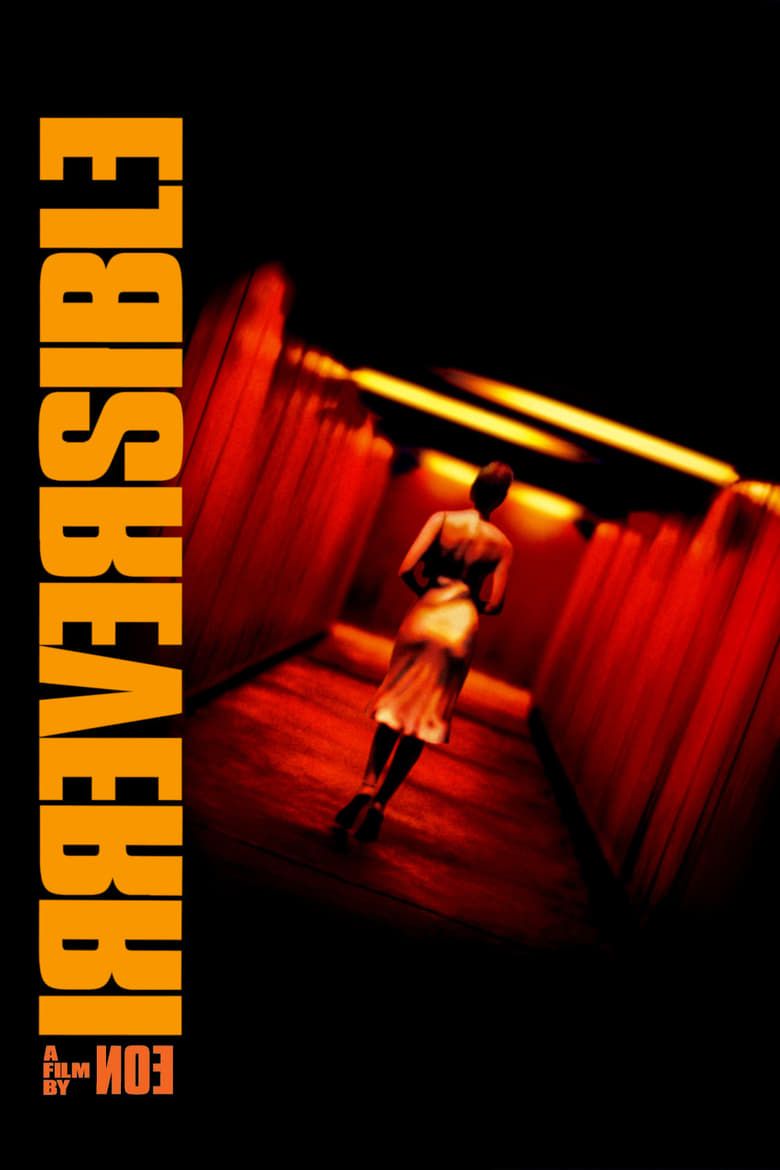
Irréversible
- Release Date
-
March 7, 2003
- Runtime
-
94 minutes
- Director
-
Gaspar Noé
8
‘Martyrs’ (2008)
Directed by Pascal Laugier
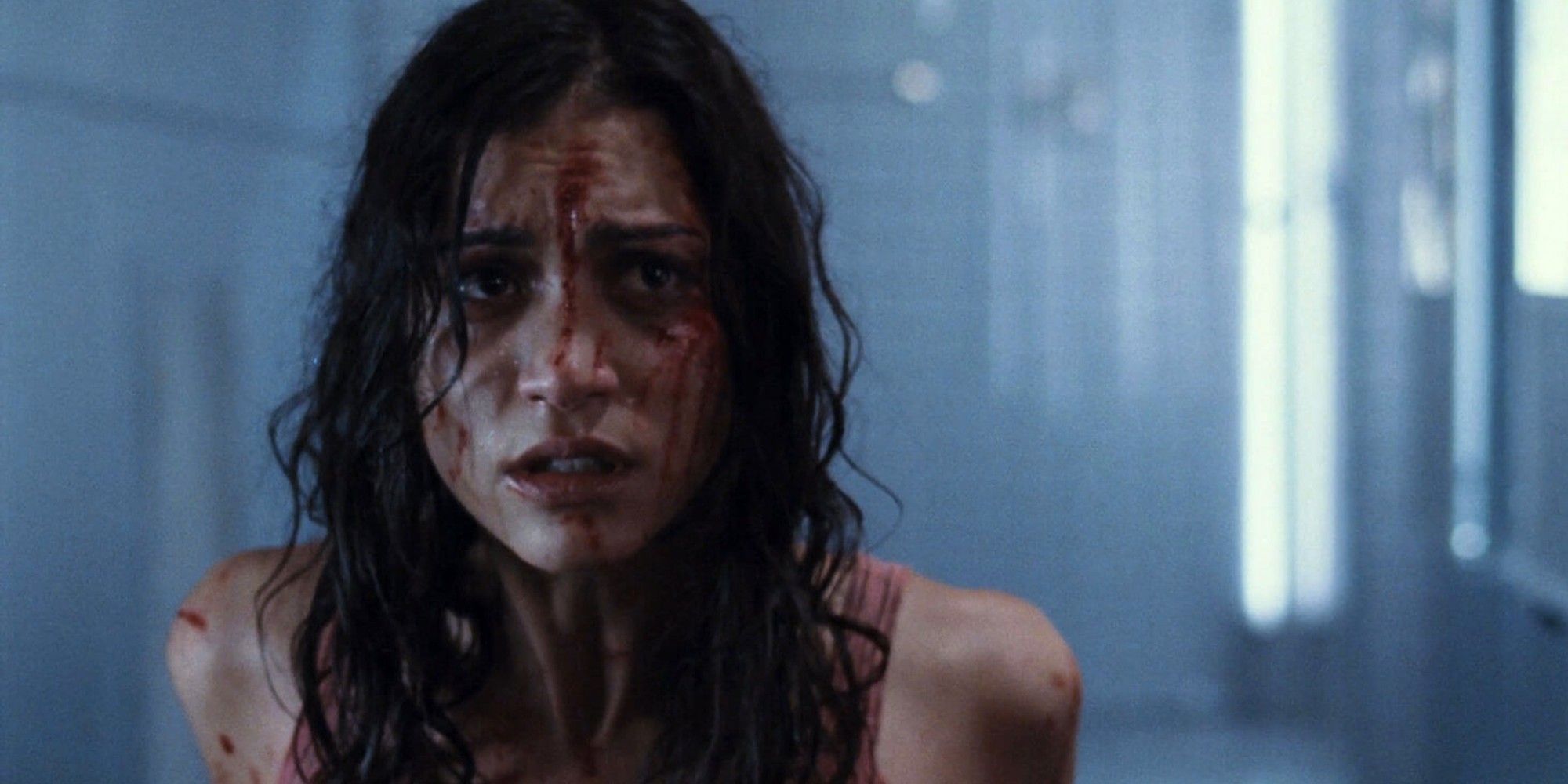
“Keep doubting.” Martyrs begins like a standard revenge thriller, then mutates into something stranger, darker, and far more existential. A house invasion evolves into a deep dive into pain, transcendence, and the edge of human endurance. Here, Pascal Laugier plumbs horror and philosophical despair, resulting in one of the landmark works of French New Extremity. The final act is so unrelenting, so spiritually annihilating, that it becomes almost metaphysical.
A lot of the impact is because the violence isn’t stylized but methodical and exhausting, and the deeper the film goes, the more it strips away anything comforting. There’s no catharsis in it, no release; just the cold machinery of suffering. Martyrs may seem like it’s for gorehounds, but really it’s for those willing to question the nature of suffering and the limits of faith. Whether you find it brilliant or nihilistic, it’s almost impossible to watch in full without needing a break.
7
‘The Human Centipede II (Full Sequence)’ (2011)
Directed by Tom Six
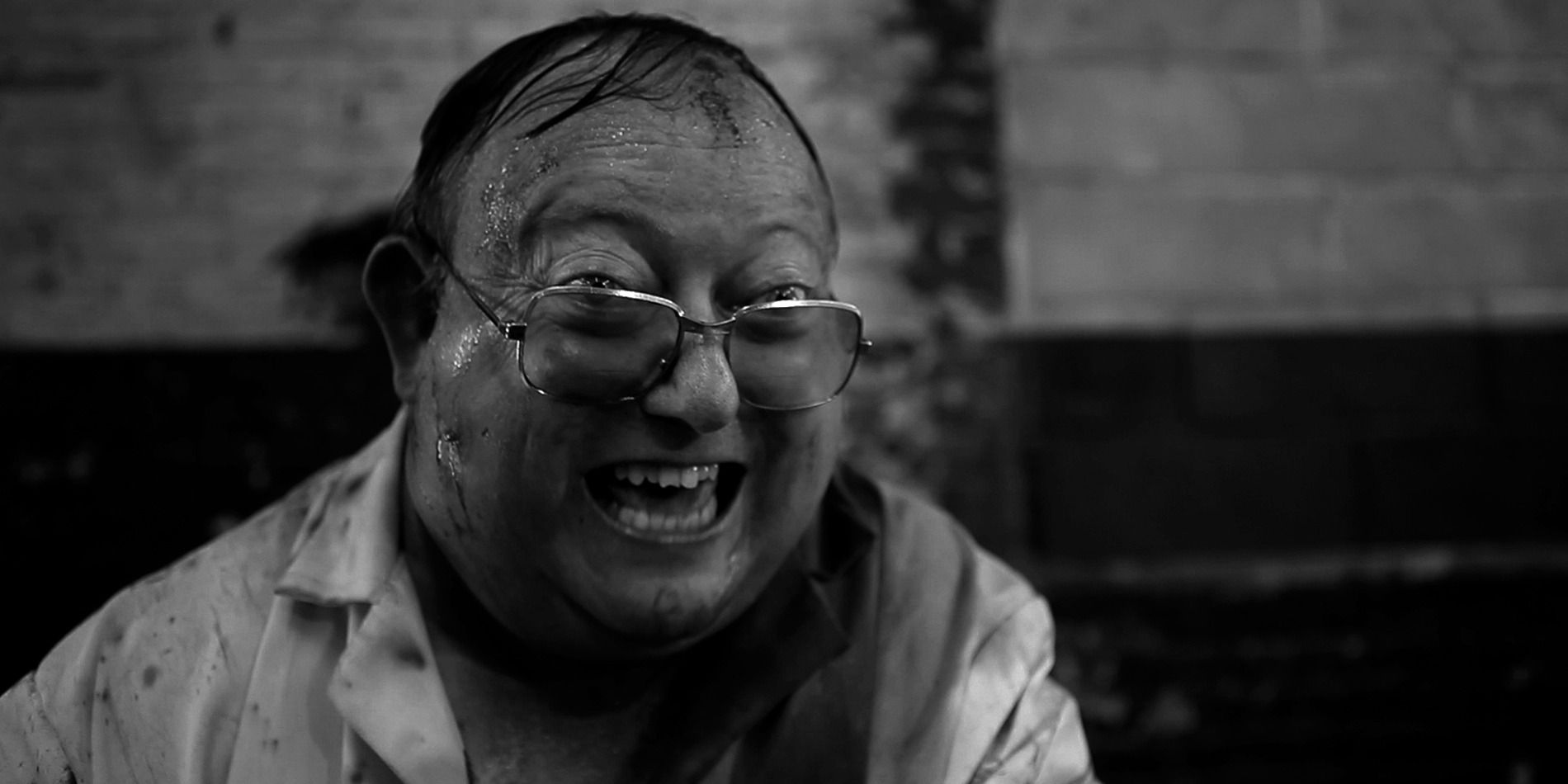
“It will bring them closer together.” If the original Human Centipede was a gross-out curiosity, the sequel is a full-on assault. Tom Six ditches the dark comedy and goes for sheer, punishing horror and queasiness in this black-and-white escalation of depravity. The plot (such as it is) follows Martin (Laurence R. Harvey), a mentally disturbed man who, inspired by the first film, kidnaps twelve victims to create a real-life centipede, except his methods are even more graphic, and his hygiene is nonexistent.
The film is a grotesque experiment in bad taste, and its realism makes it far worse than its campy predecessor. There are scenes involving sandpaper, crowbars, and forced feeding that test the limits of even hardcore horror fans. Six blurs the line between satire and sadism, and though he insists the film is meta-commentary, most viewers will be too nauseated to care. Many never make it past the halfway point.
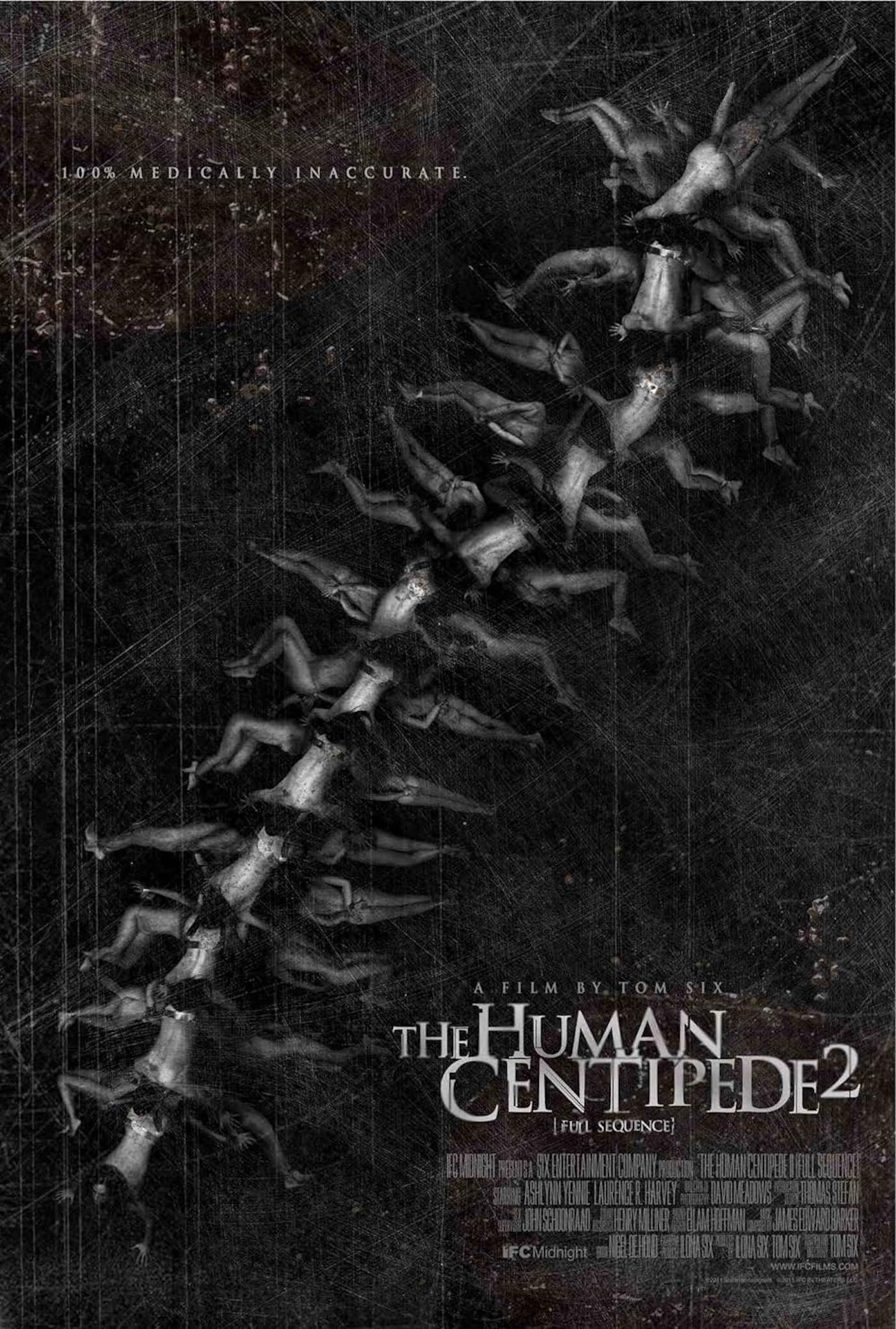
The Human Centipede II (Full Sequence)
- Release Date
-
October 6, 2011
- Runtime
-
88
- Director
-
Tom Six
6
‘Come and See’ (1985)
Directed by Elem Klimov
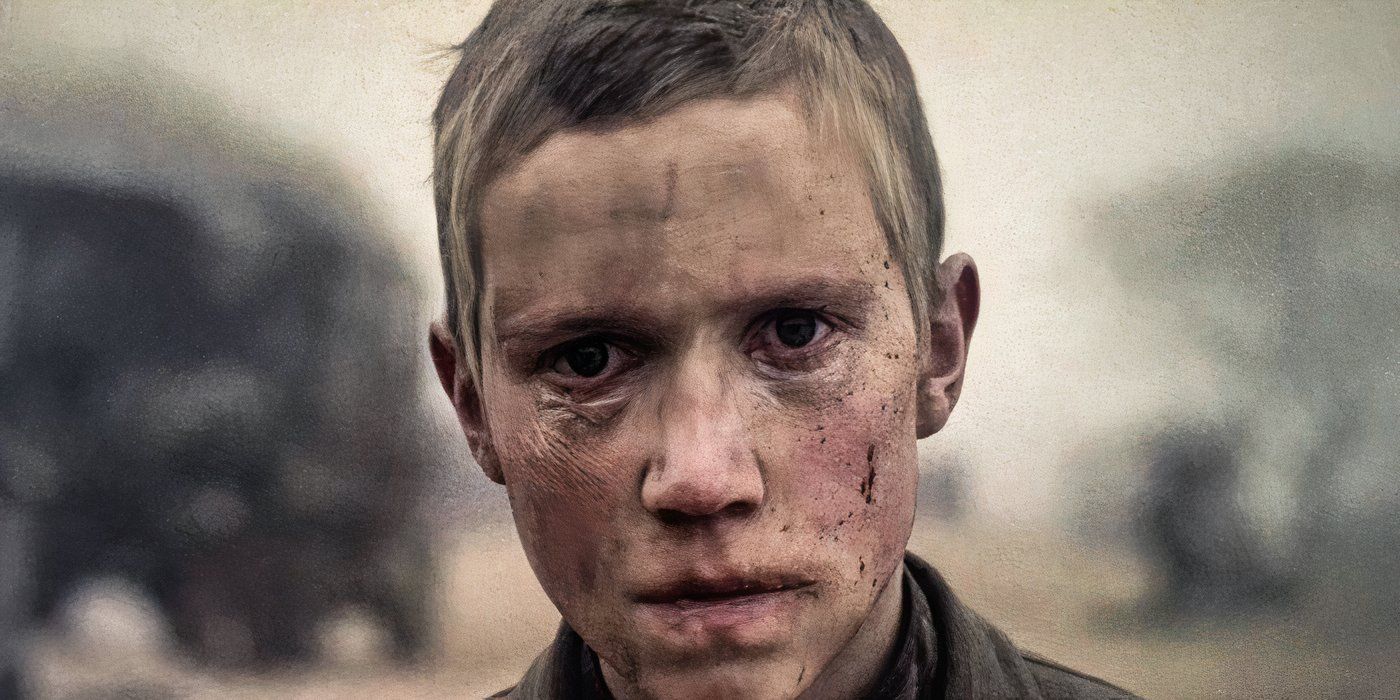
“I can hear the scream of the forest.” Unlike other entries on this list, Come and See contains almost no gore, but its psychological horror is so profound that most viewers are left shaken anyway. Rather than dealing in exploitation grisliness, it conjures up spiritual devastation. Elem Klimov tells the story of a Belarusian boy (Aleksei Kravchenko) swept into the Nazi invasion, watching his entire world get reduced to ash. The camera never blinks, and the war crimes depicted are grounded in historical truth. It’s a ruthless reminder of what humans can do to one another.
As the boy witnesses atrocity after atrocity, his face ages before our eyes, youth hollowed into a haunted mask. The final scenes, involving a village massacre, are especially suffocating. Ultimately, Come and See is a war film without a trace of glory or sentiment, history with the skin torn off. You won’t be able to forget it, no matter how hard you may try.
5
‘Begotten’ (1990)
Directed by E. Elias Merhige
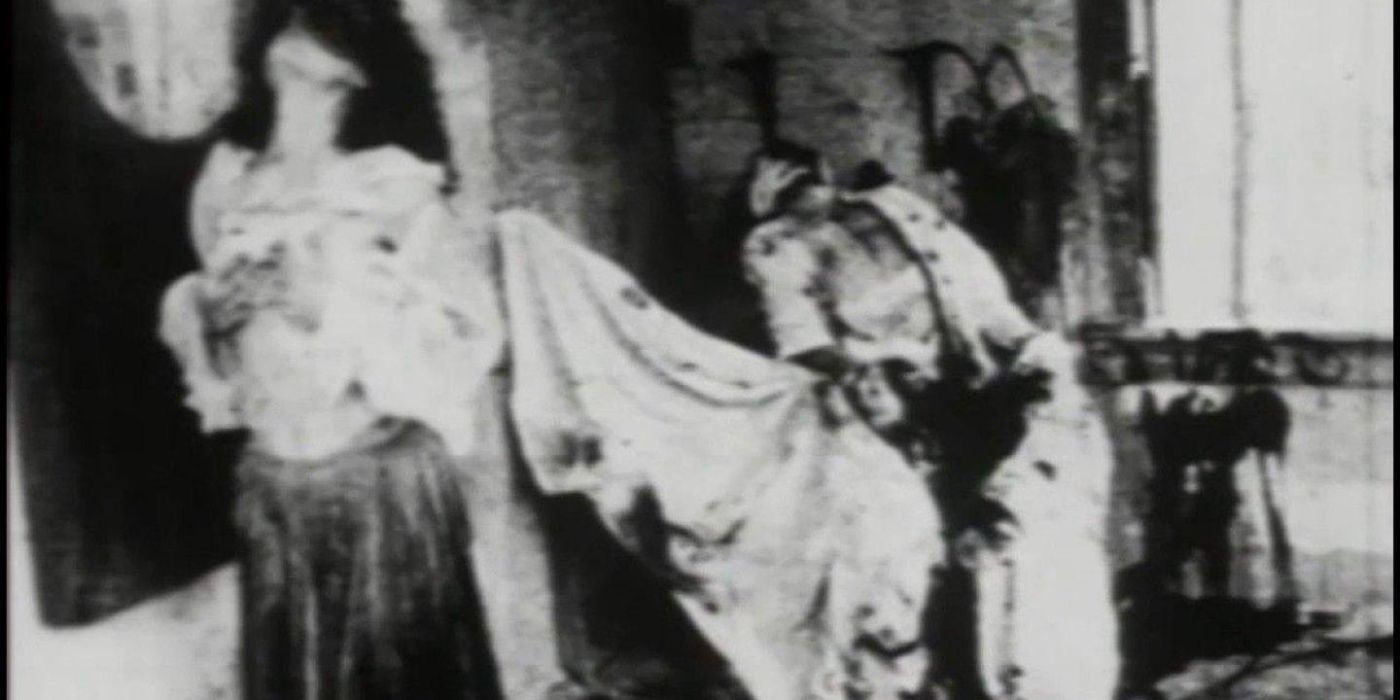
“No one speaks. The earth just takes.” Watching Begotten feels like unearthing cursed footage from another dimension. E. Elias Merhige‘s experimental horror film opens with a grotesque scene of God disemboweling himself in a shack, and it only descends further into a nightmare from there. Shot in grainy, ultra-contrasted black and white, the film strips away all conventional language: no dialogue, no music, no plot in the traditional sense. What’s left is pure image, sound, and dread.
The effect is hypnotic, sickening, and wholly unique, a mythic horror poem carved in rot. Figures move like insects, landscapes dissolve into static; birth, death, and decay blur into one endless loop. It’s not mindless mayhem, either. There are serious ideas at play here, riffing on everything from Christianity and Celtic mythology to Nietzsche and Akira Kurosawa. That someone would make it at all is kind of baffling, but Begotten‘s weird power is undeniable.
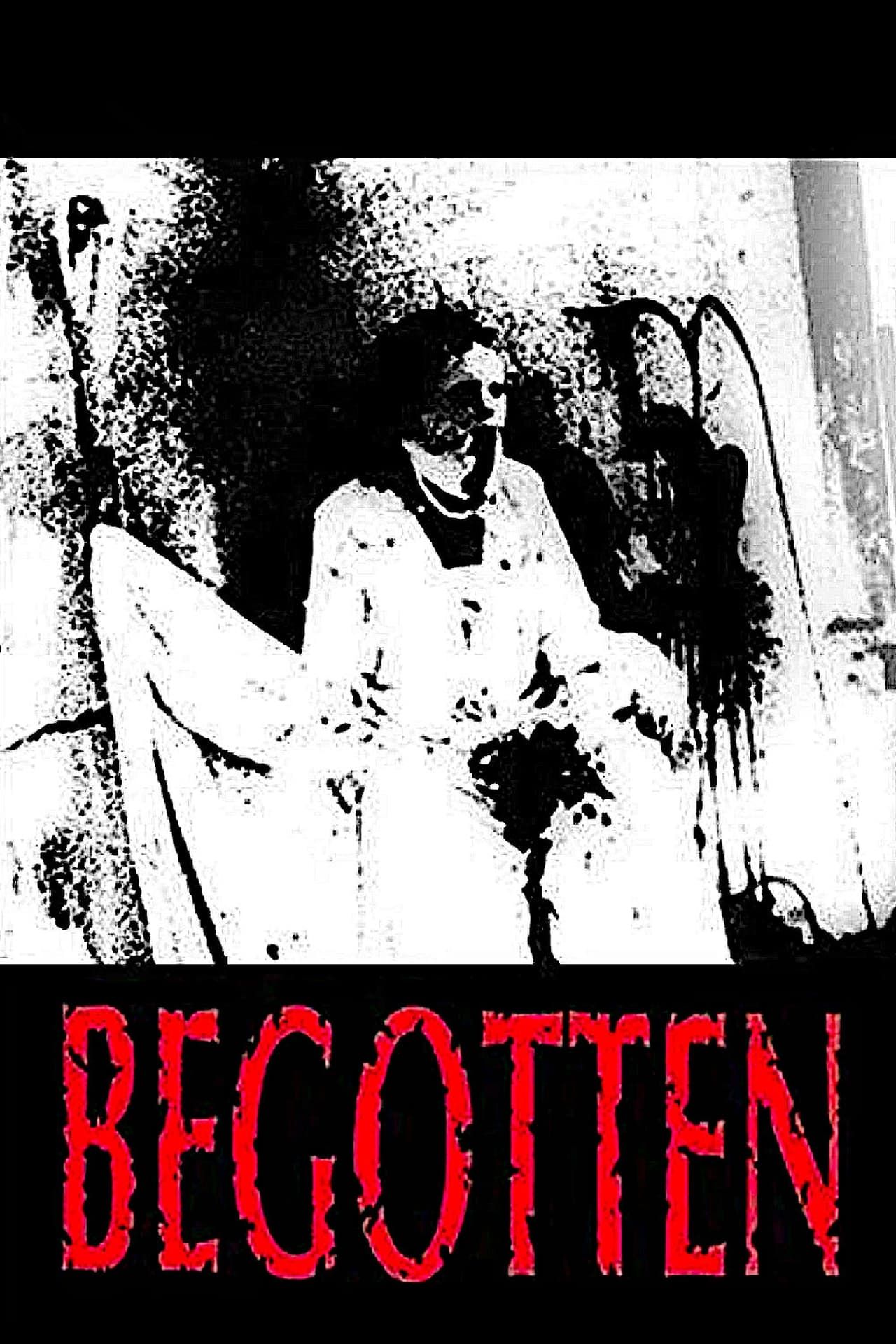
Begotten
- Release Date
-
June 5, 1991
- Runtime
-
72 Minutes
- Director
-
E. Elias Merhige
4
‘Threads’ (1984)
Directed by Mick Jackson
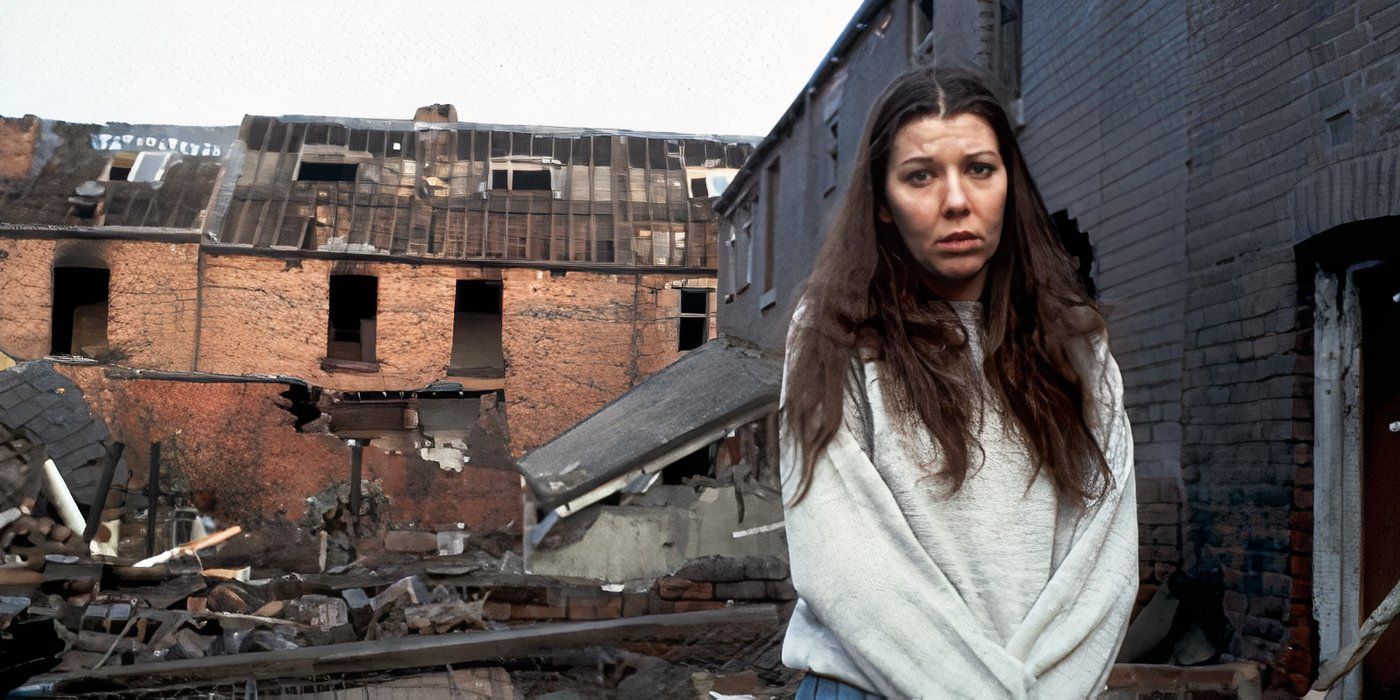
“There will be no recovery. No relief. No hope.” Threads might not be all that graphic, but it’s still one of the most harrowing films ever made. Directed by Mick Jackson for the BBC, it depicts what would actually happen if a full-scale nuclear war broke out over Sheffield, England. And it does so with documentary realism so unflinching that it makes The Day After look like a bedtime story. There are no heroes here, only ash, silence, and the slow collapse of humanity.
The mushroom clouds come quickly, but it’s the aftermath—blindness, famine, madness, decay—that makes this film almost unbearable. Scenes of charred bodies, disoriented children, and bureaucratic despair hit harder than any monster movie. Instead of a happy ending, Threads gives us genetic degradation and existential futility. At first, one might take comfort in this movie being a Cold War relic, but then you remember that the nukes are still there, still armed, and that humanity still hasn’t learned a thing.
3
‘The Poughkeepsie Tapes’ (2007)
Directed by John Erick Dowdle
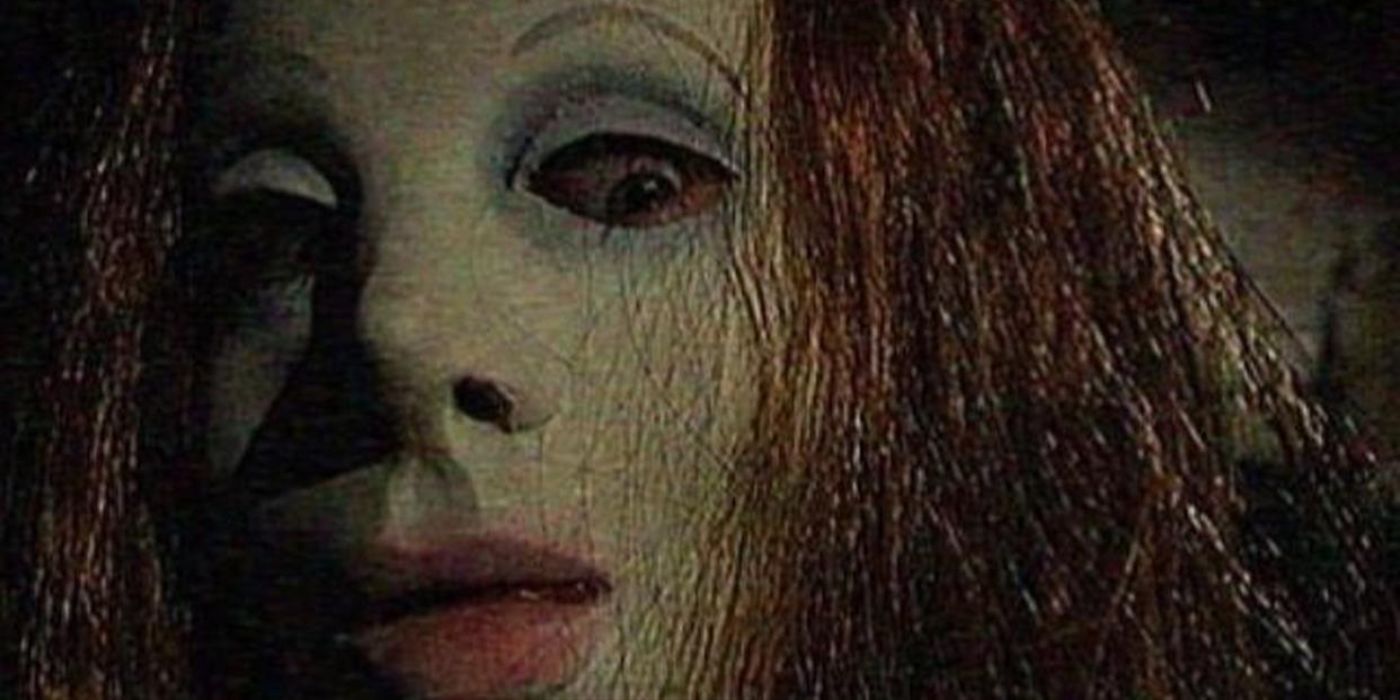
“They never even found her body.” Presented as a found-footage pseudo-documentary, The Poughkeepsie Tapes feels unnervingly real, which is exactly what makes it so difficult to sit through. The film claims to show the recovered tapes of a serial killer (Ben Messmer) who recorded years of abductions, torture, and psychological torment. What makes it so disturbing isn’t just what’s shown, but how it’s shown. The performances are too convincing, the footage too raw, the cruelty too casual.
The killer isn’t a cartoony slasher villain — he’s methodical, theatrical, and all too plausible. Victims are brainwashed, manipulated, and erased. There’s little gore, but the psychological horror is unmatched. The mockumentary format lends it a legitimacy that amplifies the dread. It crawls into your mind, mimicking true crime while descending into cinematic hell. Critics would charge this movie with failing to explore the killer’s mind adequately, but that doesn’t stop it from being a discomforting viewing experience.
2
‘Men Behind the Sun’ (1988)
Directed by T.F. Mous
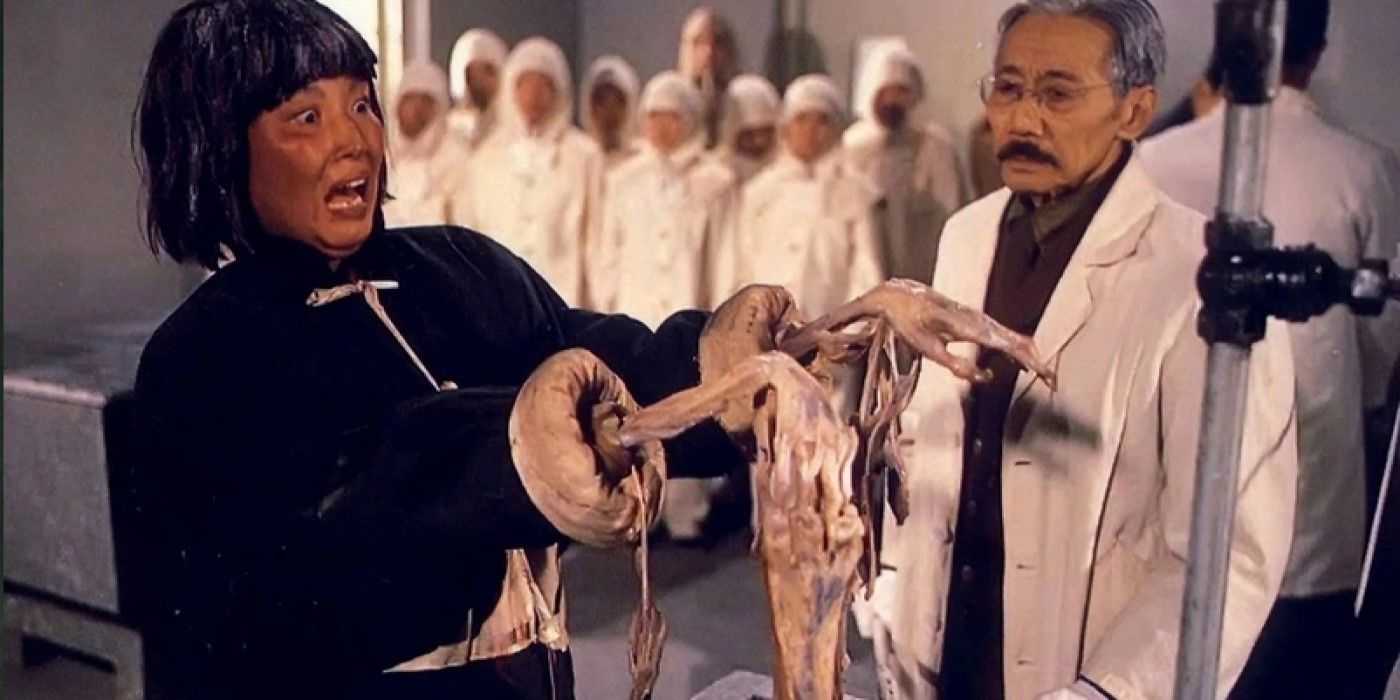
“The world will never forgive us.” A dramatization of Japan’s notorious Unit 731, Men Behind the Sun chronicles real-life wartime atrocities committed in the name of science in graphic, relentless detail. The story focuses on young Japanese recruits stationed at a biological experimentation camp in Manchuria, where prisoners of war are subjected to vivisection, freezing, plague exposure, and other forms of human testing.
This movie is historical horror that plays like a war crime confession. It was banned in multiple countries and condemned for its use of actual animal cruelty and near-surgical realism. But the real terror lies in the cold efficiency of it all. The doctors are calm, the violence is procedural, and the screen never flinches. It ranks up there with the likes of Ordinary Men and The Rape of Nanking in terms of disturbing documents of wartime depravity. It’s chilling to think that real people did things like this, and they weren’t that different from us.
1
‘Cannibal Holocaust’ (1980)
Directed by Ruggero Deodato
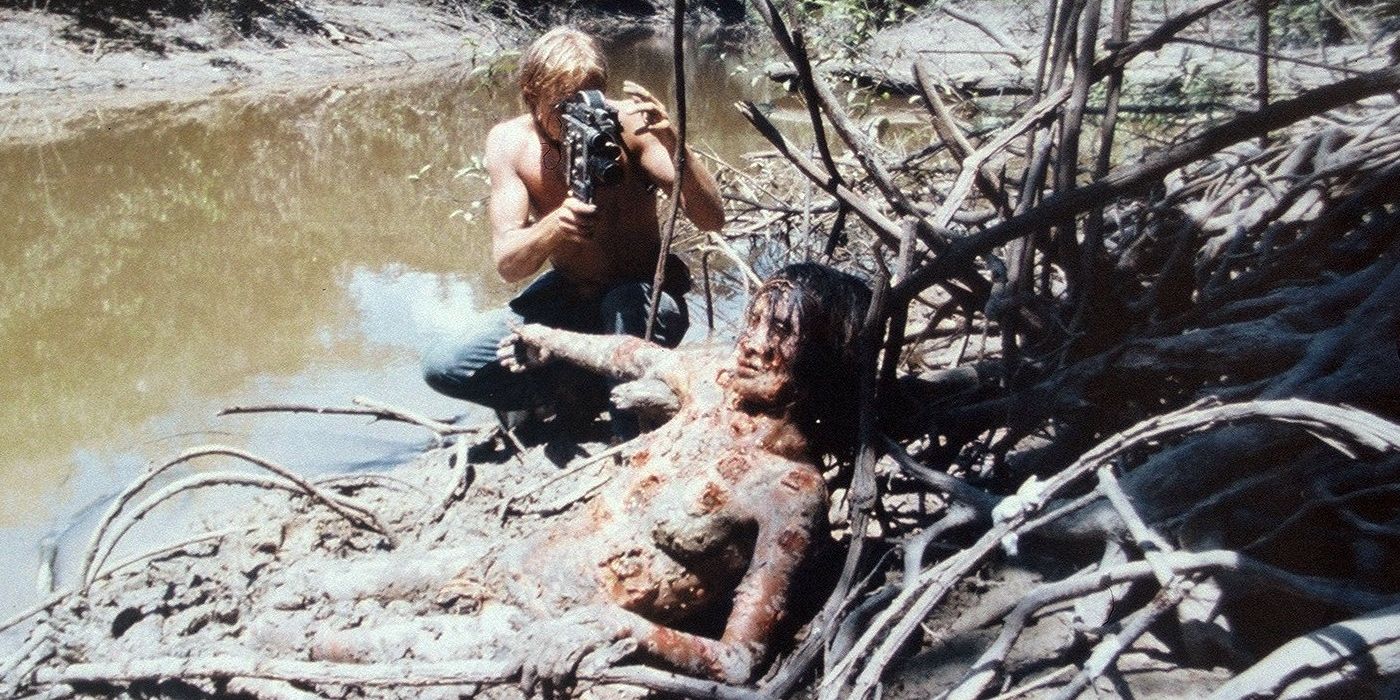
“I wonder who the real cannibals are.” Marketed as a found-footage shocker before the genre even existed, Cannibal Holocaust remains one of the most notorious films ever made. Ruggero Deodato tells the story of a documentary crew that disappears in the Amazon, only to have their footage discovered by a rescue team. What unfolds is a film within a film, blending “documentary” realism with staged scenes so extreme that Deodato was charged with murder until he proved the actors were alive.
The movie includes real animal killings, graphic sexual violence, and scenes that are nearly unwatchable, not because they’re fake, but because they often aren’t. It’s been banned in multiple countries and remains controversial to this day. Cannibal Holocaust is not pleasant to watch (unless you enjoy watching actual animals die on screen, I guess). This movie goes beyond typical horror to become outright ethically suspect, a project that probably should never have left the director’s imagination.
NEXT: The 10 Greatest Zombie Movies You Haven’t Seen, Ranked

